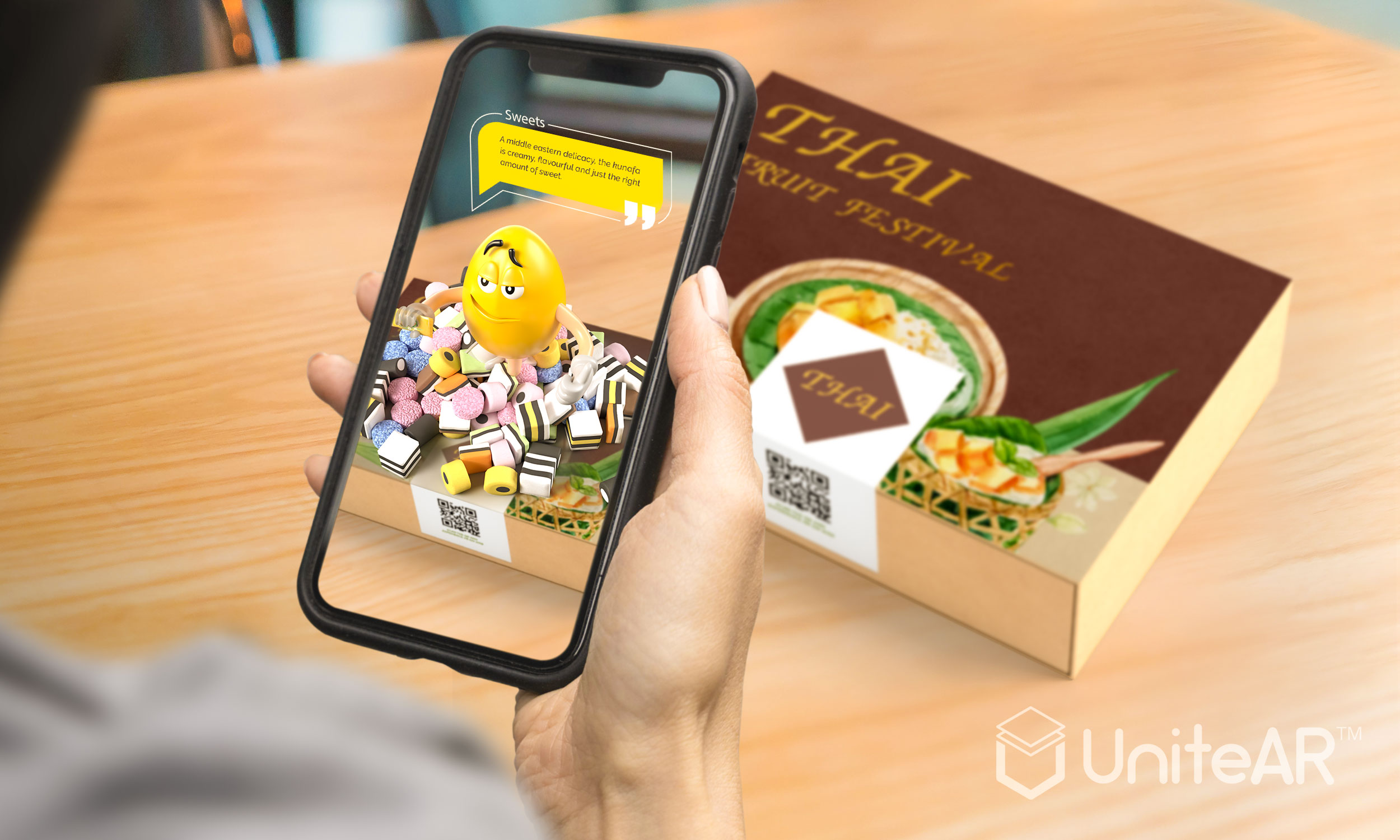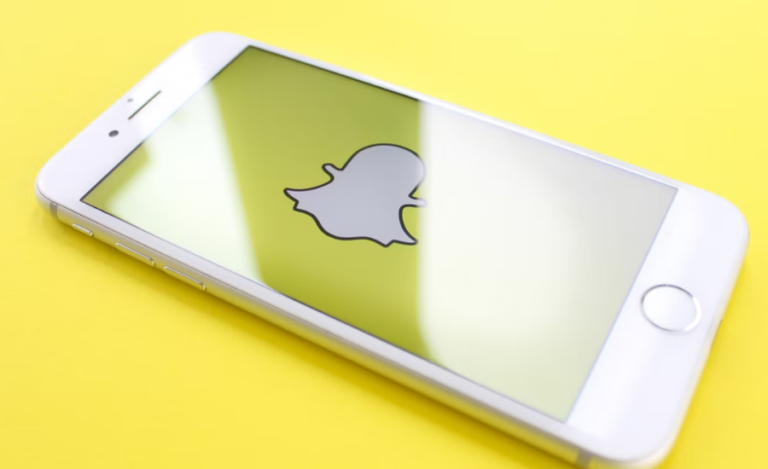Augmented Reality in Packaging: Engaging Consumers in New Ways
Introduction
In the competitive world of retail, brands are constantly seeking innovative packaging solutions to capture consumer attention and enhance the customer experience. Augmented Reality (AR) is one such technology that is revolutionizing the way products are packaged and presented to consumers. By integrating AR into packaging, brands can create interactive and engaging experiences that not only attract customers but also provide additional value and information. This article explores how AR in packaging serves as an innovative packaging solution, detailing its benefits, applications, and the future potential of this technology.
What is Augmented Reality?
Augmented Reality (AR) overlays digital information—such as images, videos, and animations—onto the real world, typically viewed through a smartphone or AR glasses. Unlike Virtual Reality (VR), which creates an entirely virtual environment, AR enhances the real-world experience by adding digital elements. In the context of packaging, AR can transform a static product package into an interactive platform that engages and informs consumers.
Benefits of AR in Innovative Packaging Solutions
1. Enhanced Consumer Engagement
AR transforms traditional packaging into an interactive experience. By scanning the package with a smartphone, consumers can unlock digital content that enhances their interaction with the product. This engagement can include animations, videos, 3D models, and games, making the product more appealing and memorable.
2. Increased Product Information
AR allows brands to provide detailed product information without cluttering the packaging with text. Consumers can access ingredient lists, usage instructions, and other important details through AR, ensuring they have all the information they need to make informed purchasing decisions.
3. Improved Brand Loyalty
Interactive AR experiences can foster a stronger connection between the brand and the consumer. By offering a unique and enjoyable experience, brands can build loyalty and encourage repeat purchases. AR also provides opportunities for personalized content, which can further enhance brand loyalty.
4. Differentiation in the Marketplace
In a crowded market, standing out is crucial. AR-enabled packaging provides a distinctive and modern way to differentiate a product from competitors. This innovative packaging solution can attract tech-savvy consumers and position the brand as forward-thinking and cutting-edge.
5. Enhanced Data Collection
AR technology can also serve as a valuable tool for collecting consumer data. By tracking how consumers interact with the AR content, brands can gain insights into consumer preferences and behavior. This data can inform future marketing strategies and product development.
Applications of AR in Packaging
1. Interactive Tutorials and Instructions
AR can be used to provide interactive tutorials and instructions for product use. For example, a cosmetic brand can use AR to show step-by-step makeup application techniques, while a furniture company can demonstrate assembly instructions.
2. Storytelling and Brand Narratives
Brands can use AR to tell their story and share their heritage. This application is particularly useful for brands with rich histories or unique product stories. For instance, a wine company can use AR to provide a virtual tour of its vineyard and explain the winemaking process.
3. Virtual Try-Ons
For products like eyewear, clothing, and accessories, AR can enable virtual try-ons. Consumers can see how a pair of glasses or a piece of jewelry looks on them without physically trying it on, enhancing the shopping experience and reducing returns.
4. Games and Rewards
AR can incorporate gamification elements into packaging. Brands can create AR games related to the product, offering rewards or discounts for completing challenges. This approach not only engages consumers but also incentivizes purchases and repeat interactions.
5. Interactive Promotions and Discounts
AR can deliver real-time promotions and discounts. By scanning the package, consumers can access exclusive deals, coupons, or loyalty points. This dynamic content can be updated regularly, keeping the consumer engaged and encouraging repeat purchases.
Case Studies: Successful AR Packaging Implementations
1. 19 Crimes Wine
19 Crimes, an Australian wine brand, has successfully integrated AR into its packaging. By scanning the wine bottle with the “Living Wine Labels” app, consumers can watch the label’s historical characters come to life and tell their stories. This innovative packaging solution has not only increased consumer engagement but also boosted sales and brand recognition.
2. McDonald’s Happy Meal
McDonald’s has used AR in its Happy Meal packaging to create interactive experiences for children. By scanning the Happy Meal box with the McDonald’s app, kids can play AR games and watch animations. This approach has made the dining experience more enjoyable and memorable for children and their parents.
3. Coca-Cola’s Holiday Campaign
Coca-Cola’s AR holiday campaign featured limited-edition bottles with QR codes. When scanned, the QR codes activated an AR experience that allowed consumers to take selfies with virtual Santa Claus and share them on social media. This campaign successfully engaged consumers and enhanced the festive spirit associated with the brand.
The Future of AR in Innovative Packaging Solutions
The potential for AR in innovative packaging solutions is vast and continually evolving. As AR technology advances and becomes more accessible, we can expect to see even more creative and impactful applications. Future trends may include:
1. Integration with AI
Combining AR with artificial intelligence (AI) can create even more personalized and interactive experiences. AI can analyze consumer interactions with AR content and provide tailored recommendations and content, enhancing the overall consumer experience.
2. Expanded Use in E-Commerce
AR packaging can play a significant role in e-commerce by providing virtual product experiences. For instance, consumers can use AR to visualize how a product fits into their home or lifestyle before making a purchase, reducing uncertainty and increasing confidence in online shopping.
3. Enhanced Sustainability
AR can also contribute to sustainability efforts by reducing the need for physical manuals, brochures, and excess packaging. Digital content delivered through AR can replace traditional printed materials, minimizing waste and supporting eco-friendly practices.
4. Wider Adoption Across Industries
While AR packaging is currently more common in consumer goods and retail, its applications can extend to other industries such as healthcare, education, and automotive. For example, pharmaceutical companies can use AR to provide detailed information about medication usage and side effects, while educational products can include interactive learning experiences.
Conclusion
Augmented Reality is transforming packaging into an interactive and engaging platform that offers numerous benefits for both brands and consumers. By integrating AR into packaging, brands can enhance consumer engagement, provide valuable product information, and differentiate themselves in the marketplace. As technology advances, the possibilities for AR in innovative packaging solutions will continue to expand, offering exciting opportunities for brands to connect with their customers in new and meaningful ways. Embracing AR in packaging is not just a trend but a forward-thinking strategy that can drive business growth and customer satisfaction in the digital age.







